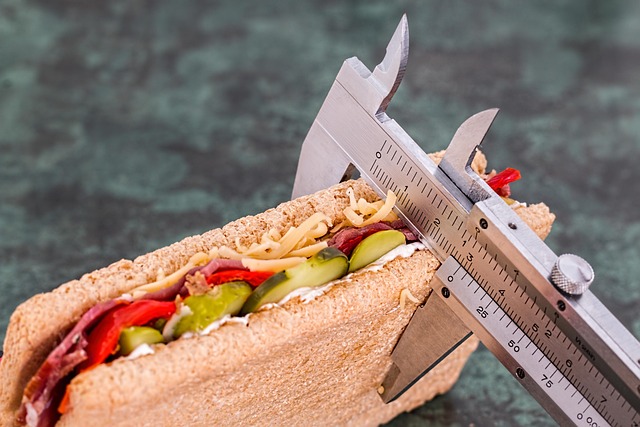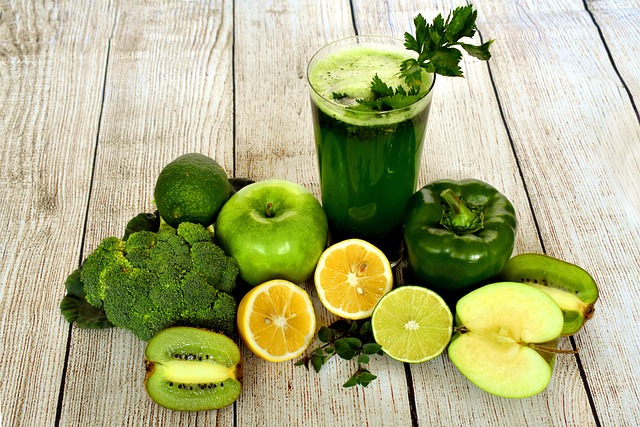When the clock strikes midnight on December 31st, many of us find ourselves staring at a clean slate, a blank page ready to be written upon. New Year’s resolutions are a tradition that stretches back centuries, yet each year they often feel the same: a burst of optimism followed by a gradual slide back into old habits. For those who set a goal to shed a few pounds, the most powerful catalyst is not a dramatic plan or an all‑or‑nothing mindset; it is a well‑balanced, sustainable weight‑loss recipe that fits seamlessly into daily life. By treating your meals like a carefully curated recipe rather than a punishment, you give yourself a realistic chance to keep the momentum going long after the calendar turns to January.
Why a Weight‑Loss Recipe is More Effective than Quick Fixes
A common pitfall in weight‑loss journeys is the reliance on fad diets that promise instant results but lack scientific backing. These approaches often fail because they neglect the importance of consistency, enjoyment, and nutritional adequacy. In contrast, a thoughtfully composed weight‑loss recipe is built on three pillars: flavor, nutrition, and flexibility. When the meal satisfies your palate, you’re less likely to crave the same calories later in the day. By prioritizing nutrient density, you keep your body supplied with the energy and micronutrients it needs for work, sleep, and exercise. Flexibility means the recipe can adapt to your schedule, cravings, and budget, so the plan feels less like a chore and more like a lifestyle choice.
- Flavor: A well‑seasoned dish reduces the temptation to reach for high‑calorie alternatives.
- Nutrition: Balanced macros and micronutrients support sustained energy and satiety.
- Flexibility: Portion control and ingredient swaps keep the meal sustainable over time.
Crafting Your Signature Weight‑Loss Recipe
Begin by choosing a protein source that you enjoy—whether it’s grilled chicken, lentils, or tofu—and pair it with a colorful array of vegetables. A good rule of thumb is to fill half your plate with vegetables, a quarter with lean protein, and the remaining quarter with complex carbs such as quinoa or sweet potatoes. Add a small serving of healthy fats like avocado or a drizzle of olive oil to enhance satiety. Use herbs, citrus, and spices to elevate taste without adding extra calories.
“The secret to a lasting weight‑loss recipe is balance: flavor, nutrition, and portion control.” – Nutrition Expert
Once you’ve drafted the basic components, test the recipe at home. Adjust seasonings, experiment with different herbs, and gauge how the dish feels after a full day of activity. If you find yourself still hungry after a few hours, consider increasing the protein or adding a fiber‑rich side. If the dish feels heavy or sluggish, trim the portion of complex carbs or replace them with a lighter alternative like cauliflower rice.
Integrating the Recipe into a Lifestyle You Love
Even the most delicious weight‑loss recipe can fail if it’s out of sync with your daily routine. Meal planning is your ally: set aside a few minutes each week to prepare or batch‑cook components that can be assembled quickly on busy days. For instance, roasting a tray of mixed vegetables and cooking a batch of protein allows you to toss a handful of veggies, a slice of protein, and a spoonful of sauce into a bowl for a nutritious lunch or dinner in under ten minutes.
Mindful eating also plays a pivotal role. Instead of eating at your desk or scrolling through a phone, sit down, chew slowly, and savor each bite. Paying attention to hunger cues helps you recognize when you’re satisfied, preventing overeating. When you do feel hungry later, have a low‑calorie snack such as sliced cucumber with hummus or a handful of nuts to bridge the gap.
Tracking Progress Without the Numbers Game
Many people rely heavily on scales or calorie counters, but these tools can create anxiety or misinterpretation. A more holistic approach involves observing changes in energy levels, sleep quality, and how your clothes fit. Keep a simple journal that notes your daily meals, activity, mood, and any physical changes you notice. This record will help you see patterns: perhaps you feel more energized after a certain meal, or you notice a dip in sleep after late‑night snacking.
- Observe: Pay attention to how your body responds to different meals.
- Adjust: Modify portion sizes or ingredient choices based on these observations.
- Celebrate: Acknowledge small victories, like choosing a salad over fries or sticking to your recipe plan for a week.
Embracing the New Me: Beyond the Scale
Ultimately, a weight‑loss recipe is a vehicle for a broader transformation. When you start to trust the process, you’ll discover that confidence grows from within. Your relationships with food shift from restriction to nourishment. You become more attuned to your body’s signals and more proactive in creating an environment that supports your health goals. The New Year becomes less of a fleeting promise and more of a continuous journey of self‑discovery and empowerment.
Remember, the most successful resolutions are those that blend intention with practicality. By anchoring your plan around a flexible, tasty weight‑loss recipe, you create a foundation that supports not just the shedding of pounds, but the cultivation of a healthier, happier lifestyle that carries you through every season.



